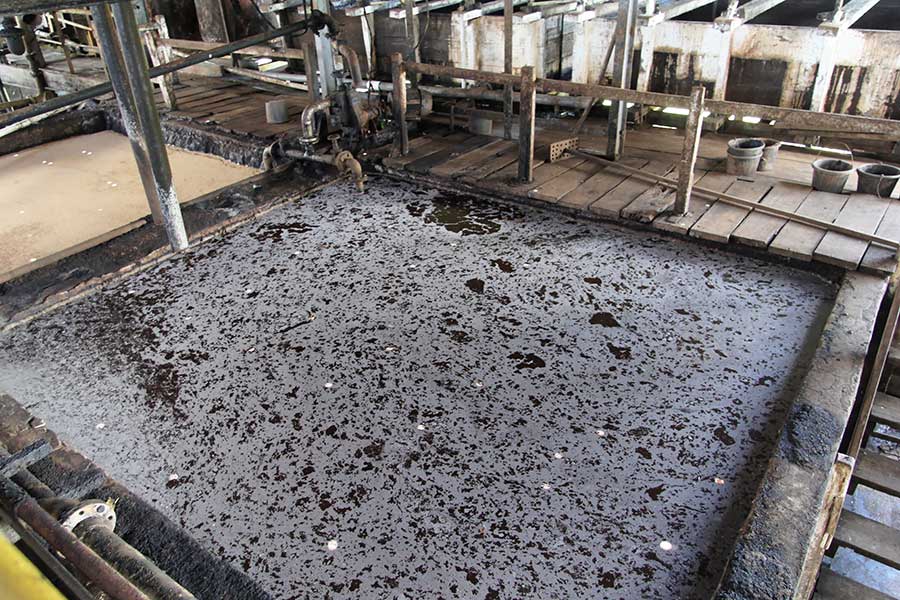What is the definition of a high ester rum?
As far as I know, there is no official definition. But a lot of people think that 500 gr/hlAA or more is a high ester rum. In the Jamaican trade, rum between 700 and 1600 gr/hlAA was known as “continental” or “German” rum.
It is very important to understand that esters are only one component of the flavour and taste of rum. Many people are obsessed with ester levels, but that’s like only listening to the guitarist in a five-piece band.
Many of the wonderful aromas we associate with our favourite rums are not esters. The ‘volatile compounds’ give a fuller picture of a rum’s aroma and flavour. Esters are just one member of the group of volatile compounds.
Those familiar with French AOCs and GIs will note that the minimum requirements of 225/250/325 gr/hlAA specify volatile compounds, not esters. This article contains more information on volatile compounds.
What’s the difference with a grand arôme?
From my point of view, ‘high ester’ and ‘grand arôme’ are just different names for the same style of rum made from molasses. Jamaicans and French distillers have adopted somewhat different technical approaches, but at the end of the day, both are about creating as many aromatic compounds as possible during fermentation.

Where does this category of rum historically come from?
Jamaica and Martinique are the two best-known examples. The techniques may have been used elsewhere, but if so, they don’t appear in any commercial register that I’m aware of.
What were high-ester rums used for in the past?
Historically, these rums were created to help European blenders avoid the high import taxes on rum. Instead of paying tax on 1,000 litres of ordinary rum, a blender could import 100 litres of high ester/high flavour rum and dilute it with 10 parts of local neutral alcohol.
The resulting blend is known as “rum verschnitt”. Jamaican rum with a high ester content was sent to Germany and neighbouring countries for blending. No one in Jamaica or England drank these rums on their own.
An almost identical situation occurred with the French. Grand aroma rums (with a high ester content) were sent to French blenders in mainland France for blending. The historical texts are very clear on this subject.
What is the situation today?
Rum Verschnitt is still made and sold today. You can buy it on Amazon! Commercial blenders, such as E&A Scheer, use rums with a high ester and aroma content in their blends. A small amount is enough.
For example, Denizen Merchant’s Reserve (an American brand) uses a touch of big aroma alongside sweeter Jamaican rums. These rums also find other uses in perfumes, sweets, ice creams and even tobacco.
How do you analyse their current success?
There’s no doubt that more people are familiar with them now than when I started making rum over ten years ago. Back then, I thought I was incredibly well-informed, simply because I knew there was a high ester rum called DOK.
Tasting DOK seemed like a distant dream. Today, I have several bottles of DOK, Grand Arôme and other high ester rums on my shelves. The credit for introducing high ester rums to rum lovers goes almost entirely to the independent bottlers who took the risk of bottling and selling them.
Where are high esters and grand arôme produced today?
– In Jamaica, by Hampden Estate, Long Pond and New Yarmouth.
– In Martinique, by Le Galion.
– In Réunion, by Savanna
– In Barbados, by West Indies Rum Distillery and Foursquare.
– I think Mhoba, in South Africa, produces some.
– Some Haitian clairins might qualify, but I don’t have a GC analysis to check.
– The same goes for River Antoine in Grenada.
I’m sure there are others, but that’s all I can tell you at the moment.
Read also : [Focus style] In the secret of grand arôme and high esters rums

